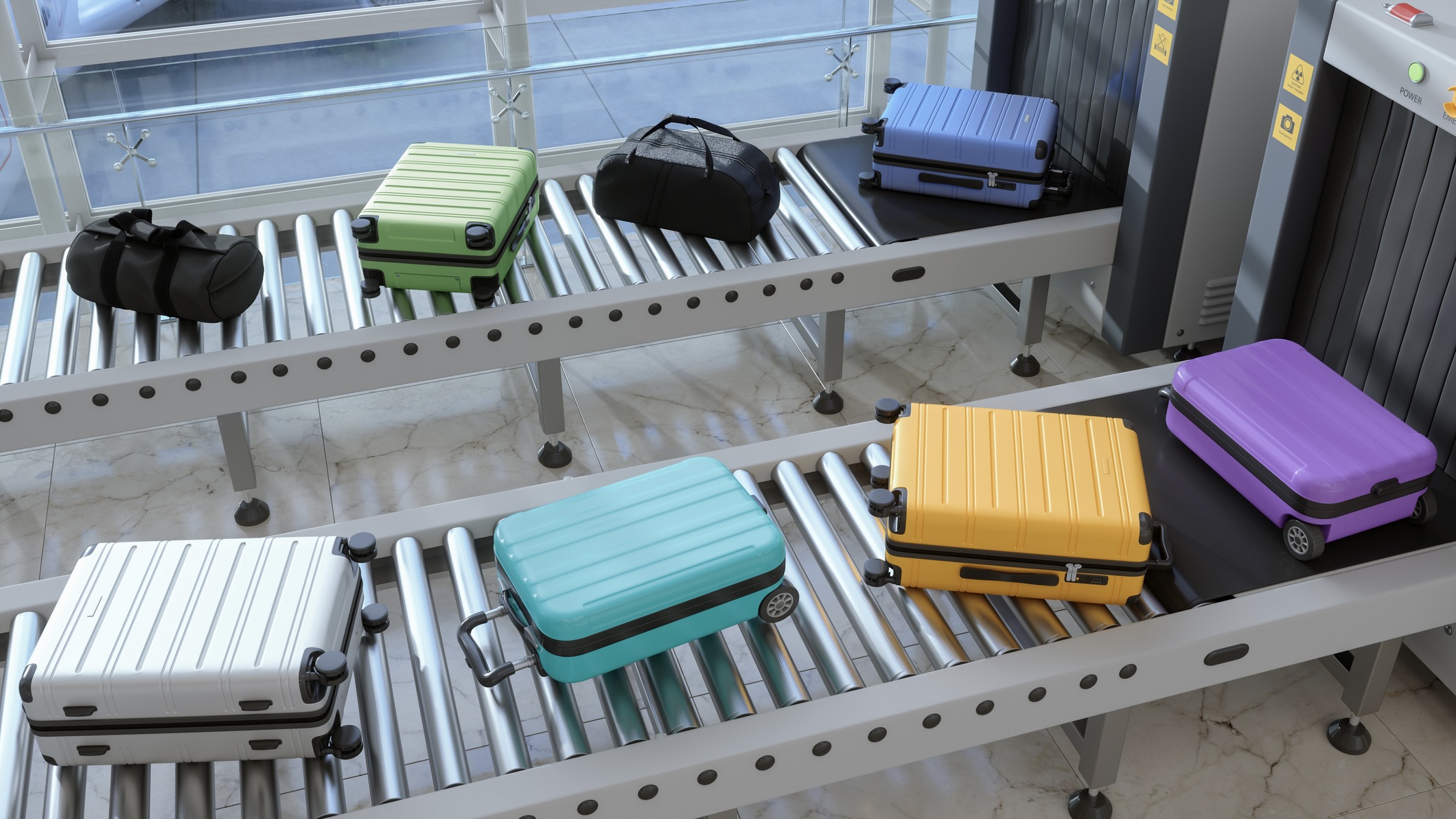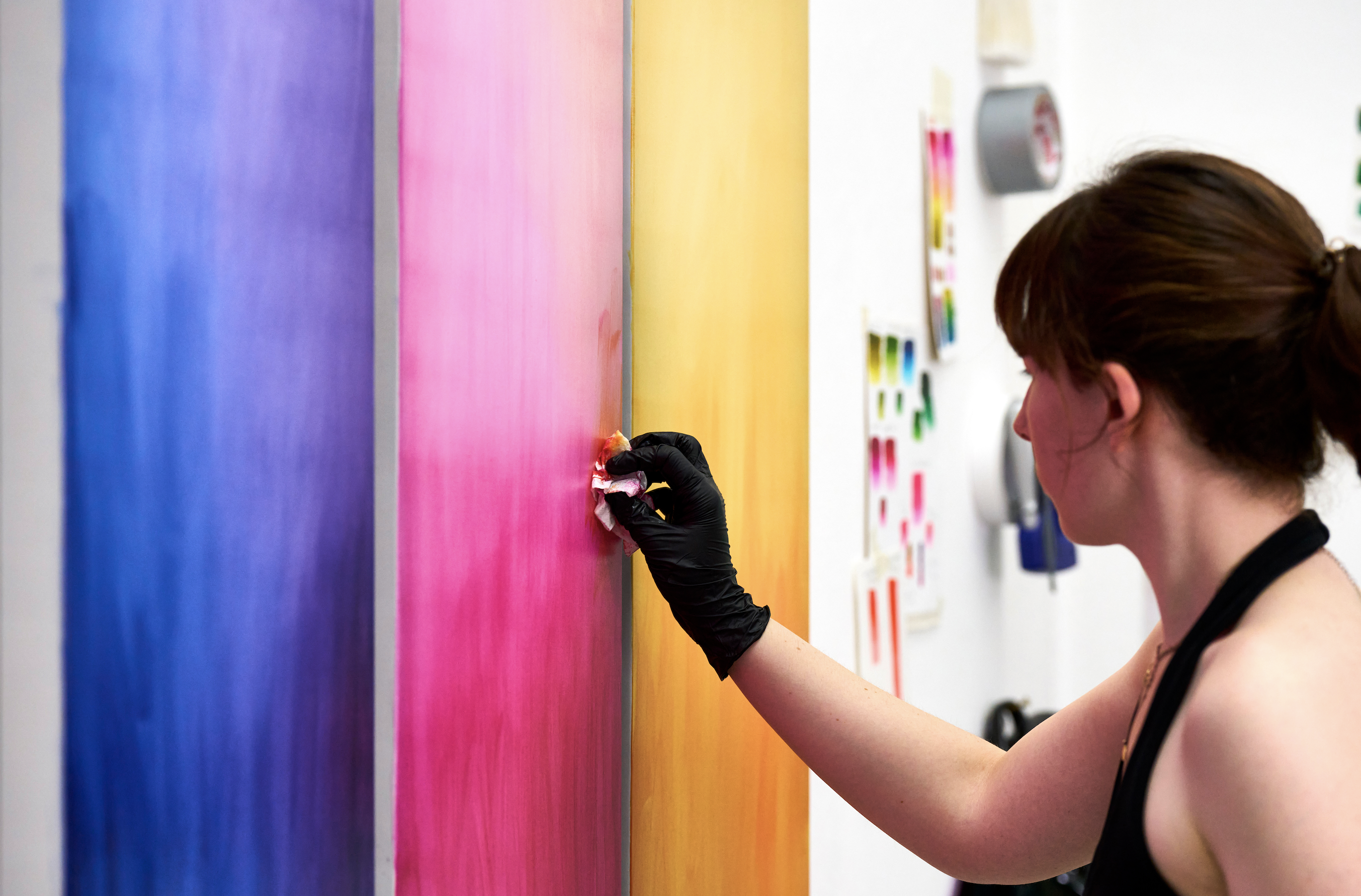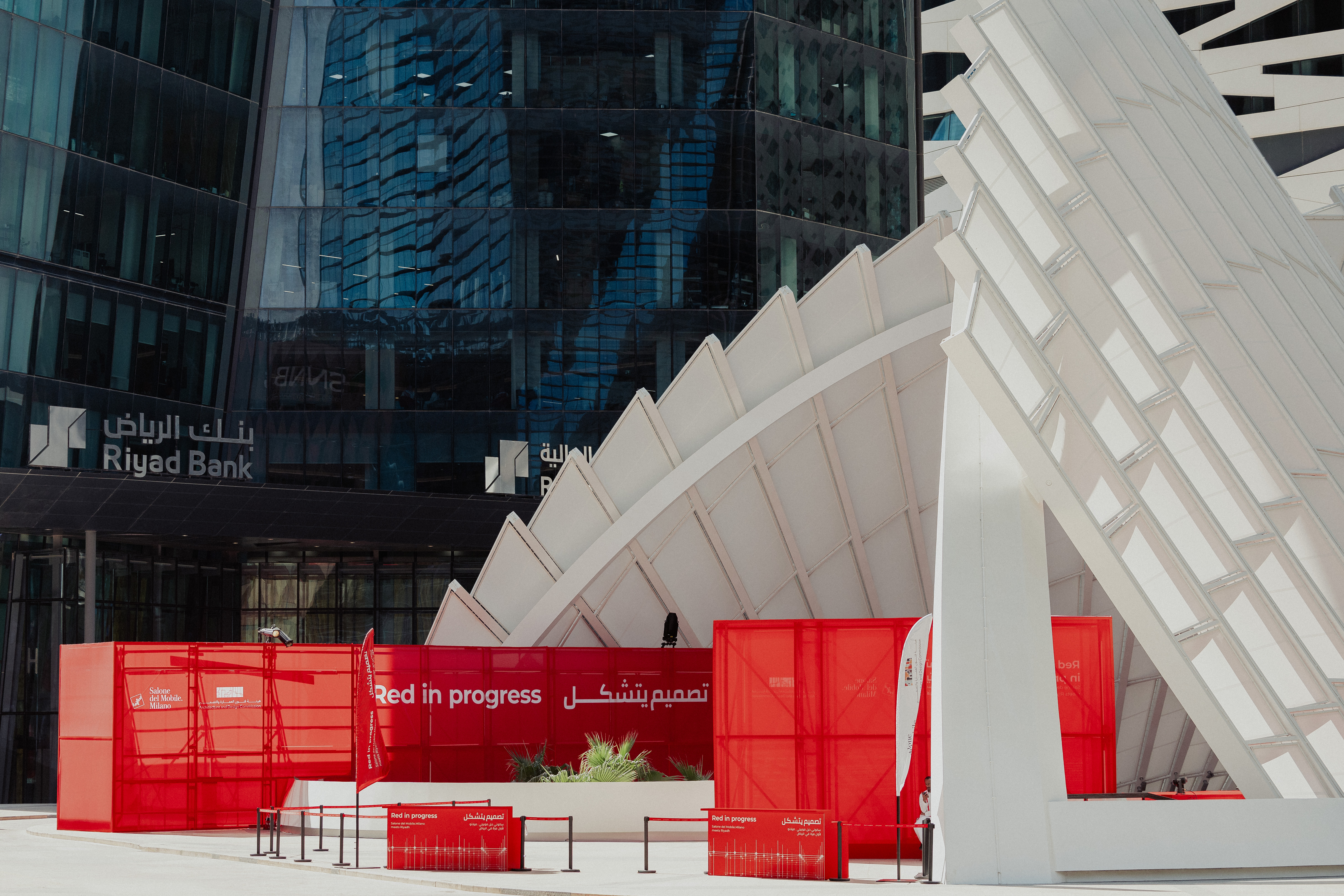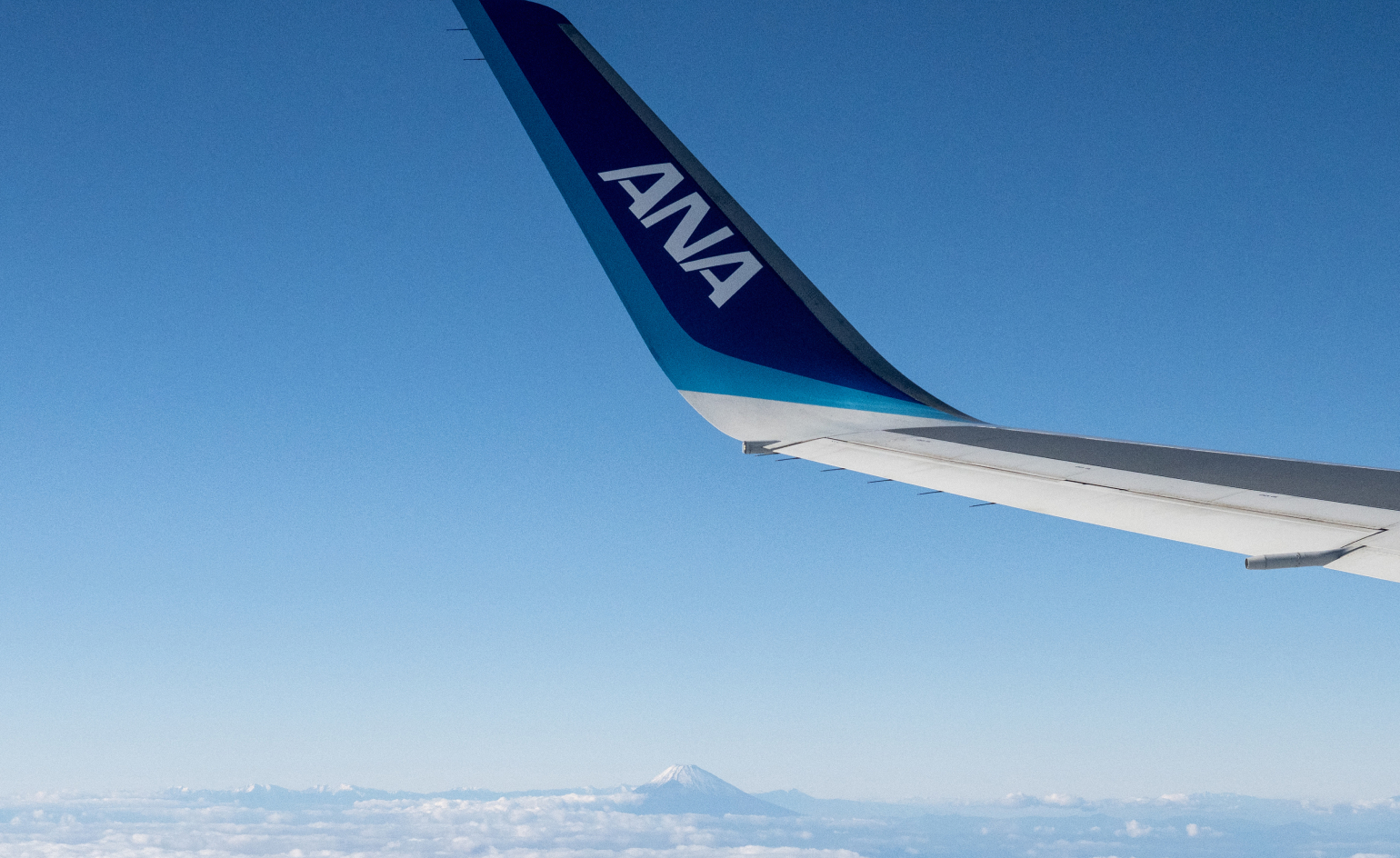Everything you need to know about changes to UK airport security rules for liquids and electronics
At select airports, new scanning technology means that liquids and electronics can stay in passengers’ bags as they go through security, and some airports are ditching the 100ml limit on liquids. Consult our simplified guide to understand the new rules

How are UK airport security rules changing?
A growing number of UK airports (specific locations listed below) have been equipped with advanced CT scanners which can provide 3D imaging of hand luggage, allowing security staff to inspect the contents without items having to be removed.
Passengers travelling from airports with this technology no longer need to remove liquids (which do not need to be placed in clear plastic bags) or electronics from their hand luggage.
Birmingham and Edinburgh airports have gone a step further, raising the 100ml limit on liquids in hand luggage to two litres. Two-litre containers do not need to be separated or bagged, although metal bottles must still be emptied.
At which airports are the new rules in place?
The new rules apply only at airports that have fully implemented the new CT scanners. Currently, the following UK airports allow passengers to leave both electronics and liquids in their carry-on bags as they go through security (these liquids are still limited to 100ml): Birmingham, London City, Teesside, Bristol, Aberdeen, Edinburgh, Leeds Bradford, Luton, Newcastle, Southend, Bournemouth, Cardiff, East Midlands, Inverness, Liverpool, Newquay and Gatwick.
Birmingham and Edinburgh are currently the only airports where the 100ml liquid limit has been lifted and replaced with a two-litre allowance.
Airports such as Heathrow, Manchester, Stansted, Glasgow, Norwich and Southampton have either partially implemented the new technology or not implemented it at all. In these cases, always check the airport’s official guidelines before flying.
What about my return flight?
The updated rules apply only to UK airports. If you are flying back to the UK from abroad, you must follow the liquid and electronics rules of your departure airport.
Receive our daily digest of inspiration, escapism and design stories from around the world direct to your inbox.
Many international airports – including those in the European Union and United States – still enforce the 100ml limit on liquids, along with the requirement to remove liquids and electronics during security screening.
Why was the 100ml liquid limit introduced?
The 100ml limit on liquids, aerosols, and gels (LAGs) was introduced in 2006 after a terrorist plot to smuggle liquid explosives aboard transatlantic flights was foiled.
Despite pledges from prime ministers Boris Johnson and Rishi Sunak to ease the restrictions, the technology was not ready until now. A rollout was attempted in June 2024, but several airports had to reinstate the 100ml rule after the new scanners flagged harmless items as threats.
What are new CT scanners and how do they work?
The new CT (computed tomography) scanners use X-rays and computer processing to create detailed cross-sectional images of objects, more accurately identifying a bag’s contents and assessing its potential threat.
Anna Solomon is Wallpaper’s digital staff writer, working across all of Wallpaper.com’s core pillars. She has a special interest in interiors and curates the weekly spotlight series, The Inside Story. Before joining the team at the start of 2025, she was senior editor at Luxury London Magazine and Luxurylondon.co.uk, where she covered all things lifestyle and interviewed tastemakers such as Jimmy Choo, Michael Kors, Priya Ahluwalia, Zandra Rhodes, and Ellen von Unwerth.
-
 Jaguar spotlights five emerging artists in its inaugural Arts Awards
Jaguar spotlights five emerging artists in its inaugural Arts AwardsThe new Jaguar Arts Awards in partnership with London’s Royal College of Art embody a shared drive to nurture new talent; meet the 2025 winners
-
 ‘Locally anchored and globally conversant’: Salone del Mobile debuts in Saudi Arabia
‘Locally anchored and globally conversant’: Salone del Mobile debuts in Saudi ArabiaSalone del Mobile lands in Riyadh (26-28 November 2025), bringing its creative and manufacturing know-how to one of the world’s fastest-growing markets and setting the stage for Italo-Saudi design relations
-
 Free flights across Japan? ANA just made it happen
Free flights across Japan? ANA just made it happenA new All Nippon Airways scheme in collaboration with the Japan National Tourism Organization aims to ease overtourism in major hubs by boosting regional travel